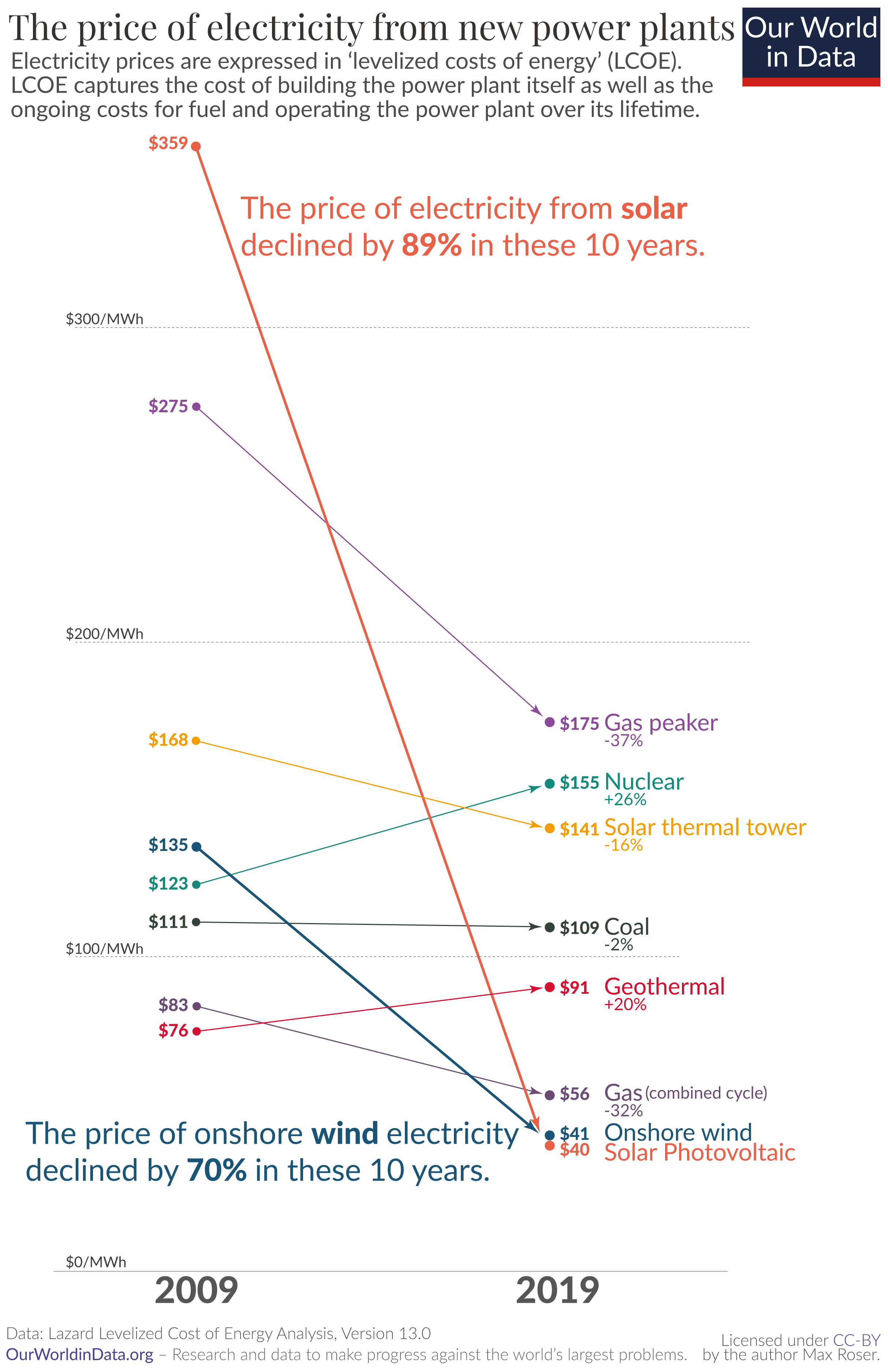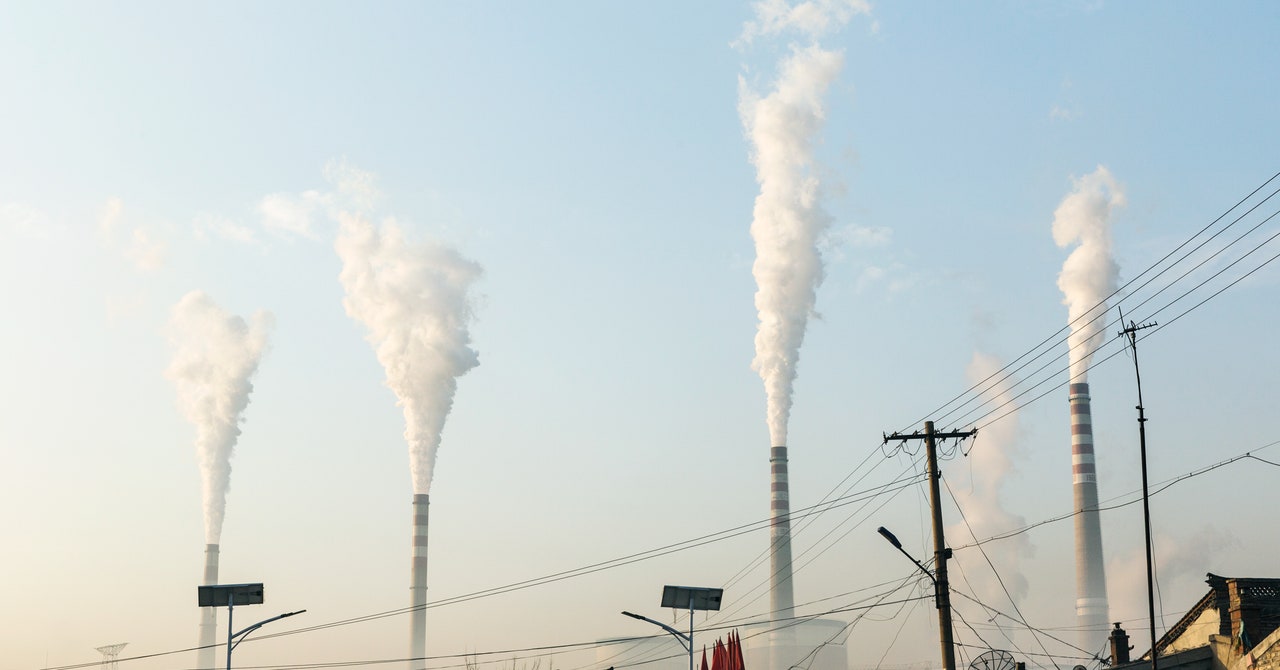Get back with me when when they figure out how to replace the the other 92% of the energy we use with wind farms and solar panels.
Here you go - see the various reports at the link below.
There's been quite a bit of research into this topic. The short answer is that the Southeast is the most difficult region to achieve higher renewable penetration levels due to a general dearth of wind and solar resources compared to other regions, but the US broadly is capable of supporting a substantially higher rate of renewables using existing technology combined with better load / grid management and additional transmission infrastructure.
If our leaps in renewable technology continue at the rate of the past decade, we could vastly outperform even these models.



